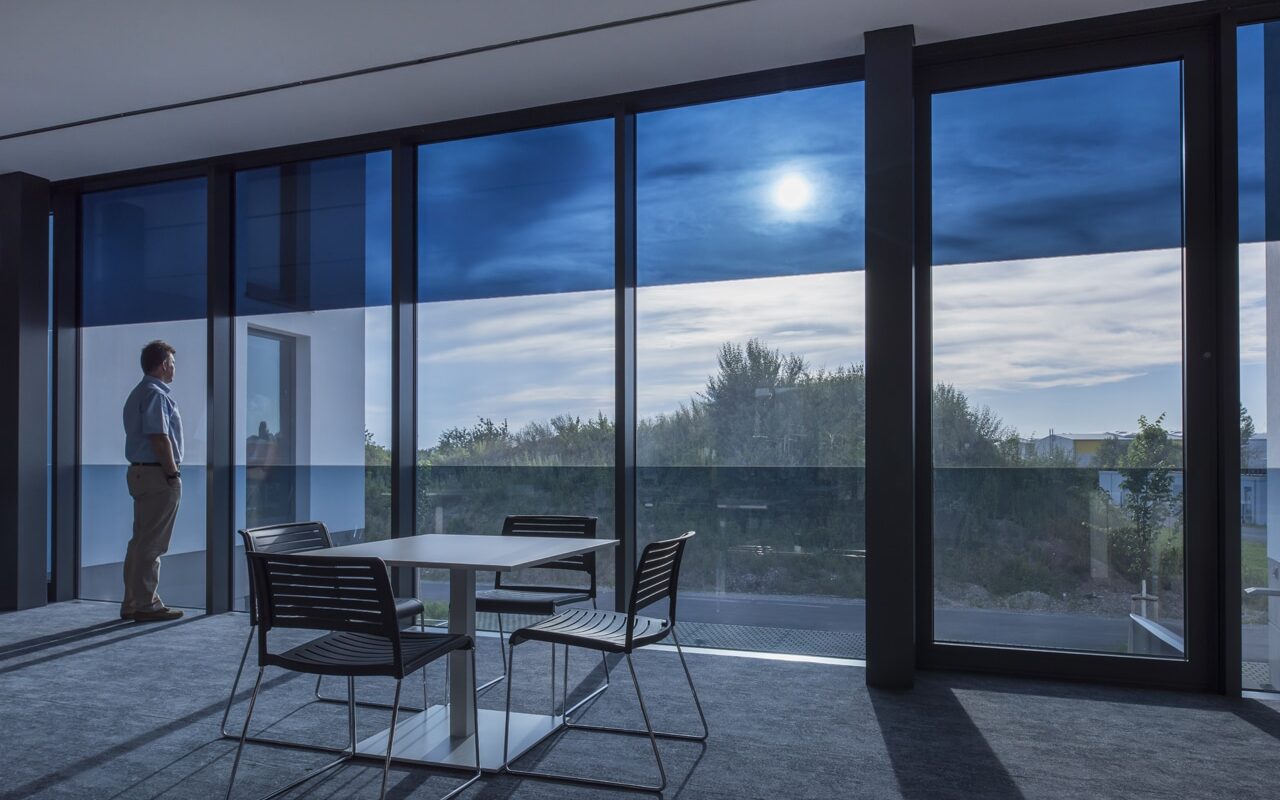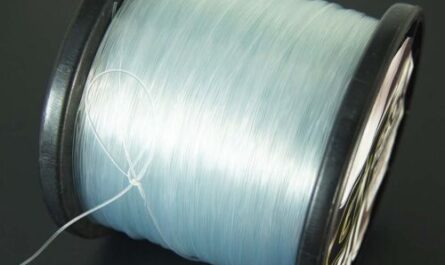Electrochromic glass is a smart glass technology that allows glass surfaces to change properties and switch between opaque, translucent or transparent states. This fascinating material has the potential to revolutionize how we use windows in buildings and vehicles. In this article, we will delve deeper into the science behind electrochromic glass and explore its many promising applications.
What is Electrochromic Glass?
Electrochromic glass is a thin film material that changes its light transmission properties when small voltage is applied. It contains an electrochromic material sandwiched between two transparent conductor layers like indium tin oxide (ITO). When voltage is applied, the electrochromic material changes its molecular structure and causes the glass to darken. Removing the voltage switches it back to the original transparent state.
The electrochromic effect is achieved through redox chemical reactions within the thin film. Common electrochromic materials used are tungsten oxide, nickel oxide and viologen polymers. When voltage is applied, electrons are injected into or removed from the material causing it to change color. This non-destructive and reversible process allows the glass to switch between see-through and dark states thousands of times without degradation.
Applications in Buildings
One of the major applications of Electrochromic Glass is in building windows where it can offer significant energy savings. Dynamic glass solutions allow natural light in during sunny conditions but switch to an opaque state automatically to reduce heat gains and minimize air conditioning costs.
– Windows with built-in electrochromic controls can cut cooling costs by up to 27% according to studies. The glass can get darkened gradually based on external solar heat and brightness conditions.
– Electrochromic skylights and atriums offer greater control over natural daylight levels indoors. This improves visual comfort and reduces energy usage from electric lighting.
– Partitions and room dividers made of electrochromic glass enable reconfiguring of interior spaces on demand for privacy and acoustic control.
– Retrofitting existing buildings with switchable film offers energy-saving benefits without replacing existing frames and Installation costs.
Applications in Transportation
The auto industry is another promising sector for electrochromic technology. Dynamic windows here serve multiple purposes –
– Reducing glare and enhancing visibility: Electronically dimmable sunroofs and rear windows improve driver/passenger vision in bright conditions.
– Interior comfort control: Windows can switch between see-through and glare-blocking modes according to the sensor readings. This optimizes thermal and visual comfort inside vehicles.
– Rearview mirrors: Switching rear-view mirrors provide an anti-glare feature without manual dimming.
– Display and control panels: Switchable displays are integrated into interior and exterior panels.
– Privacy windows: Tinting of windows in luxury cars, trains, aircraft enhances security and ambiance.
Technical Challenges and Future Outlook
While electrochromic technology shows vast potential, certain technological challenges remain. Key areas of ongoing research and development include-
– Improving switching speed: Most products currently switch between states within 3-5 minutes. Faster switching under 1 minute is desired for wider controls.
– Increasing durability: Long term stability, cycling performance and compatibility with harsh environments require further refinement.
– Cost reduction: Mass manufacturing techniques can bring down material and production costs significantly.
– Large area applications: Scaling up performance consistently over larger glass areas is challenging.
With continued improvements, electrochromic glass is poised to dramatically change building design paradigms in the next decade. As an Internet of Things enabled smart material, it will play a pivotal role in creating dynamic, energy-efficient and responsive building envelopes of the future. Combined with other advanced glazing technologies, electrochromic solutions promise to usher a new era of sustainable, experience-rich built environments.
*Note:
1. Source: Coherent Market Insights, Public sources, Desk research
2. We have leveraged AI tools to mine information and compile it



